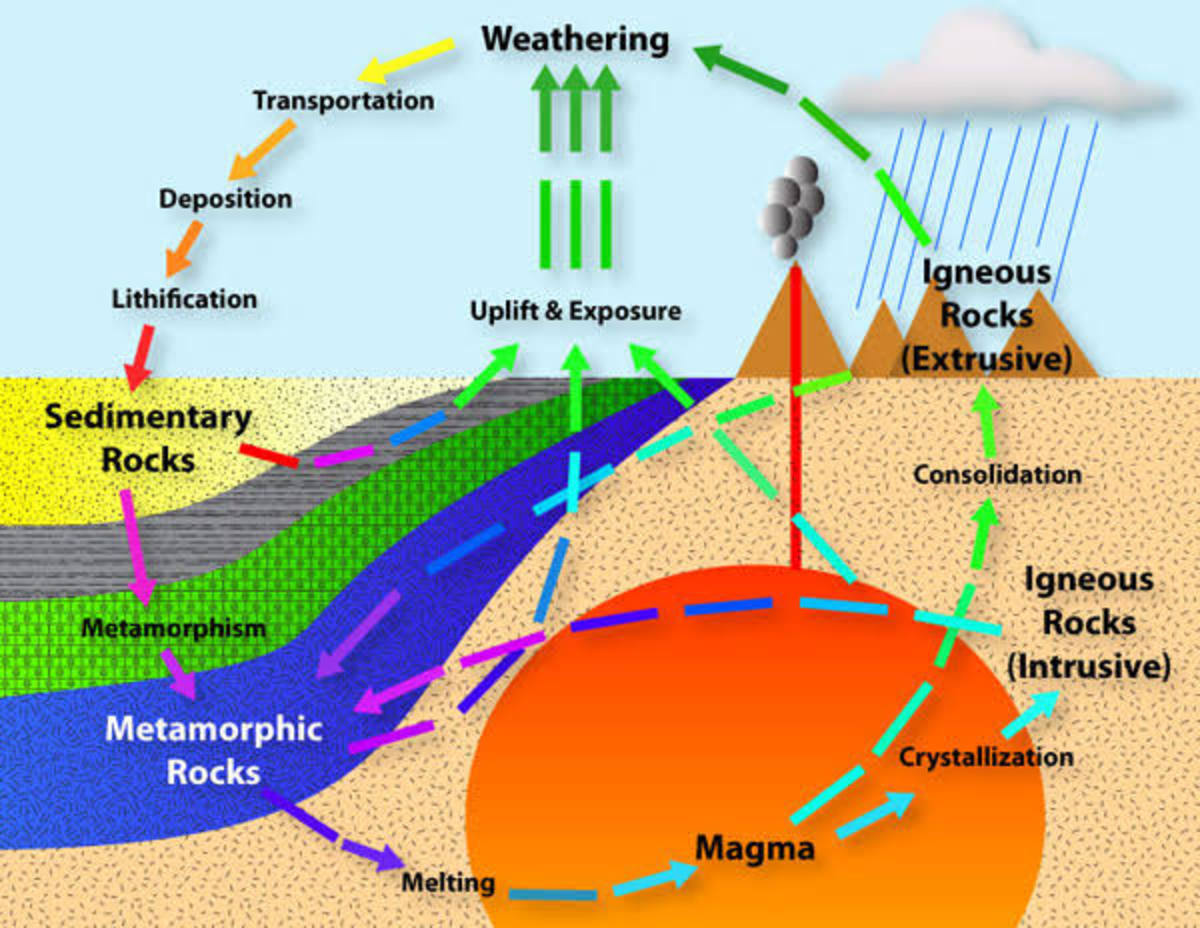Chemistry: The Elements and Their Uses II
Berkelium
Berkelium is a member of the actinide group of elements. Its symbol is Bk. It is silvery in colour. It can be attacked by oxygen, steam and acids but not by alkalines. Berkelium was named after the University of California at Berkeley (USA). It was discovered in 1949 by the American chemists Glenn T. Seaborg , Stanley G. Thompson, and Albert Ghiorso at the University of California laboratories in Berkeley, California. This element tends to accumulate in the skeletal system.
Beryllium
Beryllium was named for its chief mineral, beryl, an aluminum beryllium silicate. It was discovered in 1797 by French chemist Louis Nicholas Vauquelin as an oxide now known as beryllia. It has the ability to scratch glass which may be due to the formation of a thin layer of the oxide. Although beryllium products are safe to use and handle, the fumes and dust released during fabrication are highly toxic. Its uses includes for watch spring, space shuttle parts, welding electrodes, X-ray tubes, computer lasers, televisions, oceanographic instruments.
Bismuth
It comes from the German, "wissmuth" or white mass. Bismuth was discovered in 1753 by Cluade Geoffrey of France. Its symbol is Bi. It is a white, crystalline, brittle metal with a pinkish tinge. Bismuth is the most diamagnetic of all metals, and the thermal conductivity is lower than any metal, except mercury. It has the highest atomic weight and atomic number among the nonradioactive elements. Its uses are for fuses, fire extinguishing systems, acrylic fibers.
Bohrium
The international union of Pure and Applied Chemistry named element 107 Bohrium (Bh), to honor Danish physicist and Nobel laureate Neils Bohr, who made important contributions to nuclear physics and the understanding of atomic structure. This element was previously called unnilseptium. It was first created by nuclear fusion of the smaller elements bismuth and chromium and was discovered in 1981 by Flerov of Russia and Ambuster of Germany. Each bohrium atom has a very large nucleus, or central mass containing positively charged particles called protons and neutral particles called neurons.
Boron
First prepared in 1808 by the French chemists Joseph Gay-Lussac and Baron Louis Thenard, and independently by the British chemist Sir Humphrey Davy. Boron is from borax and carbon, it is most common in borax (sodium borate) and has properties which are borderline between metals and non-metals. It is a trace element needed for plant growth but it can be toxic in excess amounts. It is a semiconductor rather than a metallic conductor. Chemically it is closer to silicon than to aluminum, gallium, indium, and thallium. Its uses are for tennis rackets, glasses, arthritis treatments, Pyrotechnic flares.
Related Articles:
Actinium, Aluminum, Americium and Antimony






